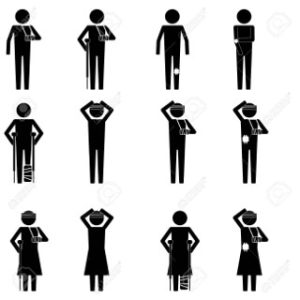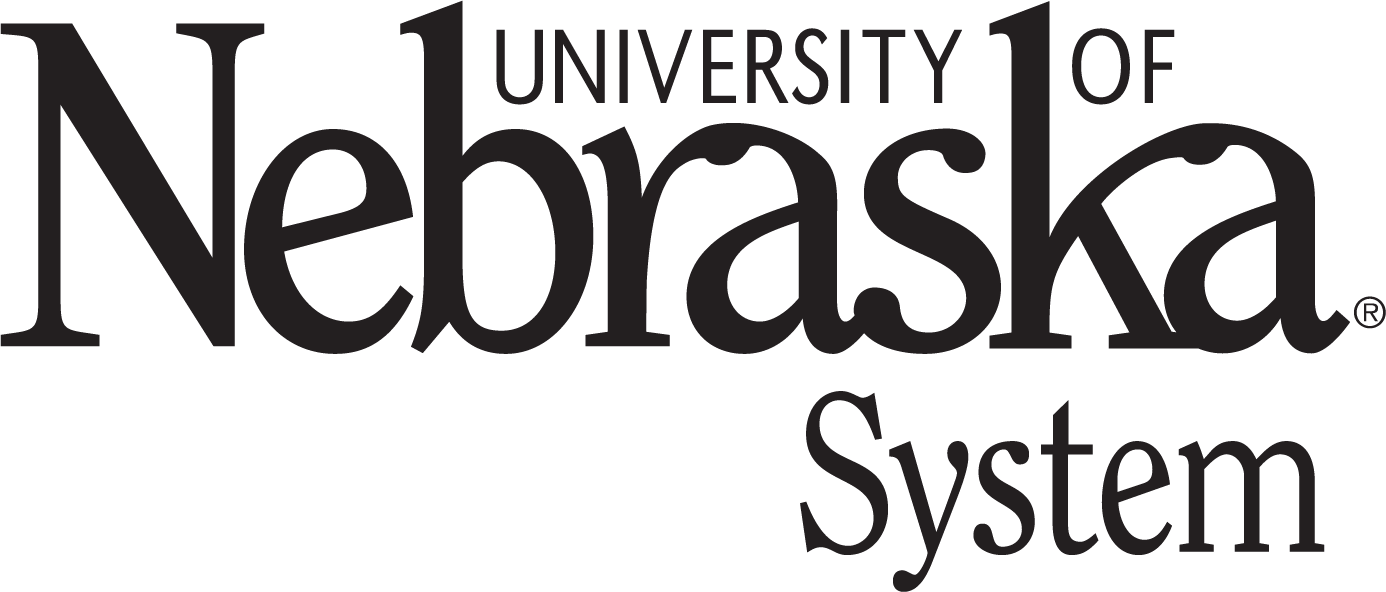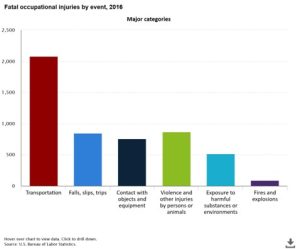1.3 Costs of Slips, Trips and Falls
Each day in the US 25,000 slip, trip and fall incidents occur. There are costs in terms of personal harm to people, as well as financial losses to a company. In this section, we will explore some of those costs.
Personnel Health Costs
The US Department of Labor (USDoL) reports that in 2016 Slips, Trips and Falls (STFs) accounted for the majority of general industries non-fatal incidents. Here we see STFs were the 2nd leading cause of occupational deaths behind transportation. (Clicking on image will open a larger view. Click browser back arrow to return to lesson.)
You can see by this chart that while working on the feedyard you are exposed to all six of the frequent causes of death.
This shows that you are working in a dangerous industry.
 STF injuries may result in …
STF injuries may result in …
- Sprains & strains
- Bruises & contusions
- Fractures
- Abrasions & lacerations
- Fatalities
- An estimated 20 – 30% of people who experience a slip and fall will suffer moderate to severe injuries such as bruises, hip fractures, or head injuries
- Slips, trips and falls often cause long term disability.
Most slip, trip and fall injuries and deaths can be prevented.
Economic Costs
- STFs are the most expensive group of injuries for your insurance provider.
- Slips, trips and falls account for between 12 – 15% of all workers' compensation expenses.
- These injuries cost employers approximately $40,000 per incident (OSHA).
- Cost to the employee includes lost time at work, possible out of pocket expenses and possible long-term disability. 1 in 6 of all lost-time work injuries result from slips, trips and falls.
- It is estimated that these injuries result in an average of 11 days away from work.
Review
Work through these interactive questions to review the important concepts discussed.
Bruises caused by a blow or impact, leading to bleeding under the skin. These can result from falls or collisions with objects in the feedyard.
Scrapes or grazes on the skin caused by contact with rough surfaces. In a feedyard, abrasions can occur from falls or brushing against sharp or rough objects.
Cuts or tears in the skin caused by sharp objects. In a feedyard, lacerations can occur from tools, equipment, or sharp edges on machinery.
A condition where an injury or illness prevents a worker from returning to their job for an extended period. Preventing slips, trips, and falls helps reduce the risk of long-term disabilities.
Insurance that provides benefits to employees who suffer work-related injuries or illnesses. Implementing safety measures to prevent slips, trips, and falls helps reduce workers' compensation claims and ensures a safer work environment.

